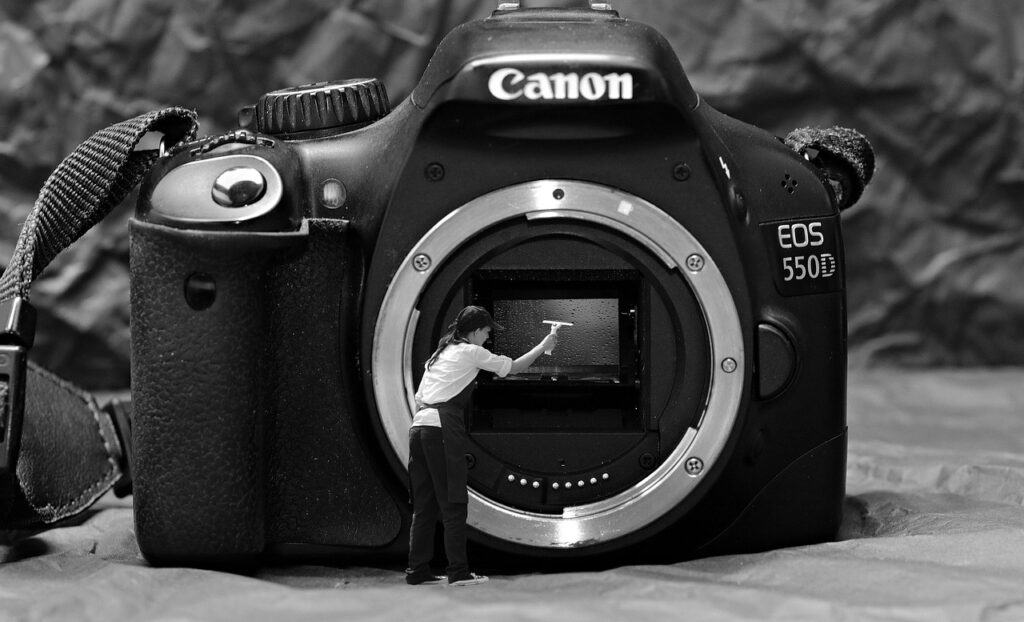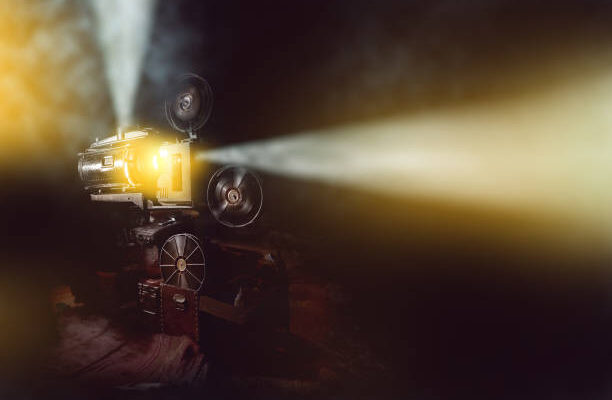In the realm of cinema, the magic often lies not just in the storyline or the visual effects but in the chemistry between the actors on screen. It’s that intangible connection that draws audiences in, making them believe in the characters and their relationships. This phenomenon, often referred to as “cinematic synergy,” is a delicate dance between actors, directors, and the environment they create. From romantic comedies to action-packed thrillers, the success of a film can hinge on the chemistry shared between its leading stars.
Intriguing aspects
One of the most intriguing aspects of cinematic synergy is its ability to transcend the screen and manifest in real-life friendships or even romances. Take, for example, the iconic duo of Katharine Hepburn and Spencer Tracy. Their on-screen chemistry in classics like “Adam’s Rib” and “Guess Who’s Coming to Dinner” was palpable, but what truly captivated audiences was the knowledge that their connection extended beyond the confines of the movie set. Their off-screen romance added an extra layer of authenticity to their performances, making their films all the more compelling.

Instances of cinematic
However, not all instances of cinematic synergy are rooted in real-life relationships. Often, it’s the result of meticulous casting, rehearsal, and on-set dynamics. Directors play a crucial role in fostering this chemistry, creating an environment where actors feel comfortable exploring their characters and relationships. Through rehearsals, improvisation exercises, and collaborative discussions, actors can develop a rapport that translates seamlessly onto the screen.
Example
One prime example of this is the dynamic between Robert De Niro and Al Pacino in Michael Mann’s crime saga “Heat.” Despite sharing limited screen time, their scenes together crackle with tension and mutual respect, leaving a lasting impression on audiences. Mann’s meticulous direction, combined with the actors’ commitment to their roles, resulted in a cinematic synergy that elevated the film to legendary status.
Chemistry
Similarly, the chemistry between on-screen partners in romantic comedies often hinges on their ability to play off each other’s energy. In “When Harry Met Sally,” Meg Ryan and Billy Crystal’s witty banter and undeniable charm captivated audiences, turning the film into a timeless classic. Director Rob Reiner encouraged improvisation during filming, allowing the actors to inject their own personalities into their characters. The result was a romantic comedy that felt authentic and relatable, thanks in large part to the chemistry between its leads.
Instances
Of course, not all instances of cinematic synergy result in positive outcomes. In some cases, clashes between co-stars can hinder the filmmaking process, leading to tension on set and lackluster performances on screen. One notorious example is the strained relationship between Bette Davis and Joan Crawford during the filming of “What Ever Happened to Baby Jane?” Their real-life animosity towards each other seeped into their performances, adding an extra layer of tension to their characters’ already tumultuous relationship. While this tension may have contributed to the film’s success, it undoubtedly took a toll on the actors involved.

Recent years
In recent years, the rise of ensemble casts has provided new opportunities for cinematic synergy to flourish. Ensemble films like “Ocean’s Eleven” and “The Avengers” rely on the chemistry between their diverse cast members to drive the narrative forward. Each actor brings their own unique energy and personality to the table, creating a dynamic that is greater than the sum of its parts. Whether they’re pulling off a heist or saving the world from imminent destruction, the camaraderie between the characters is what keeps audiences invested from start to finish.
Cinematic synergy
Ultimately, cinematic synergy is a delicate balance of talent, chemistry, and collaboration. It’s what transforms a simple scene into a memorable moment, leaving a lasting impression on audiences long after the credits have rolled. Whether born out of real-life relationships or cultivated through rehearsals and direction, the connection between co-stars is what gives a film its heart and soul. As audiences continue to crave authentic storytelling, the importance of cinematic synergy in bringing characters and relationships to life will only continue to grow.



